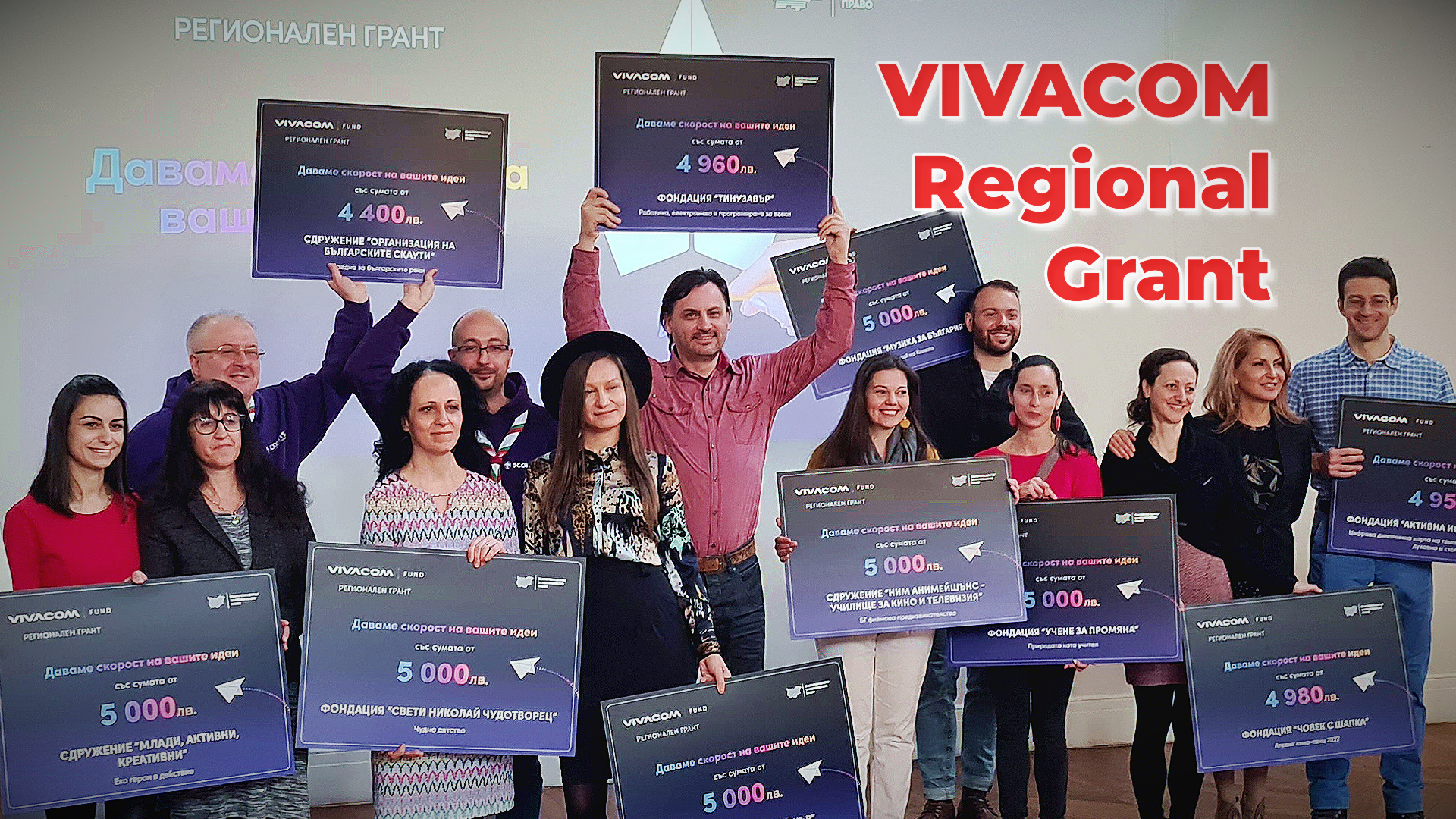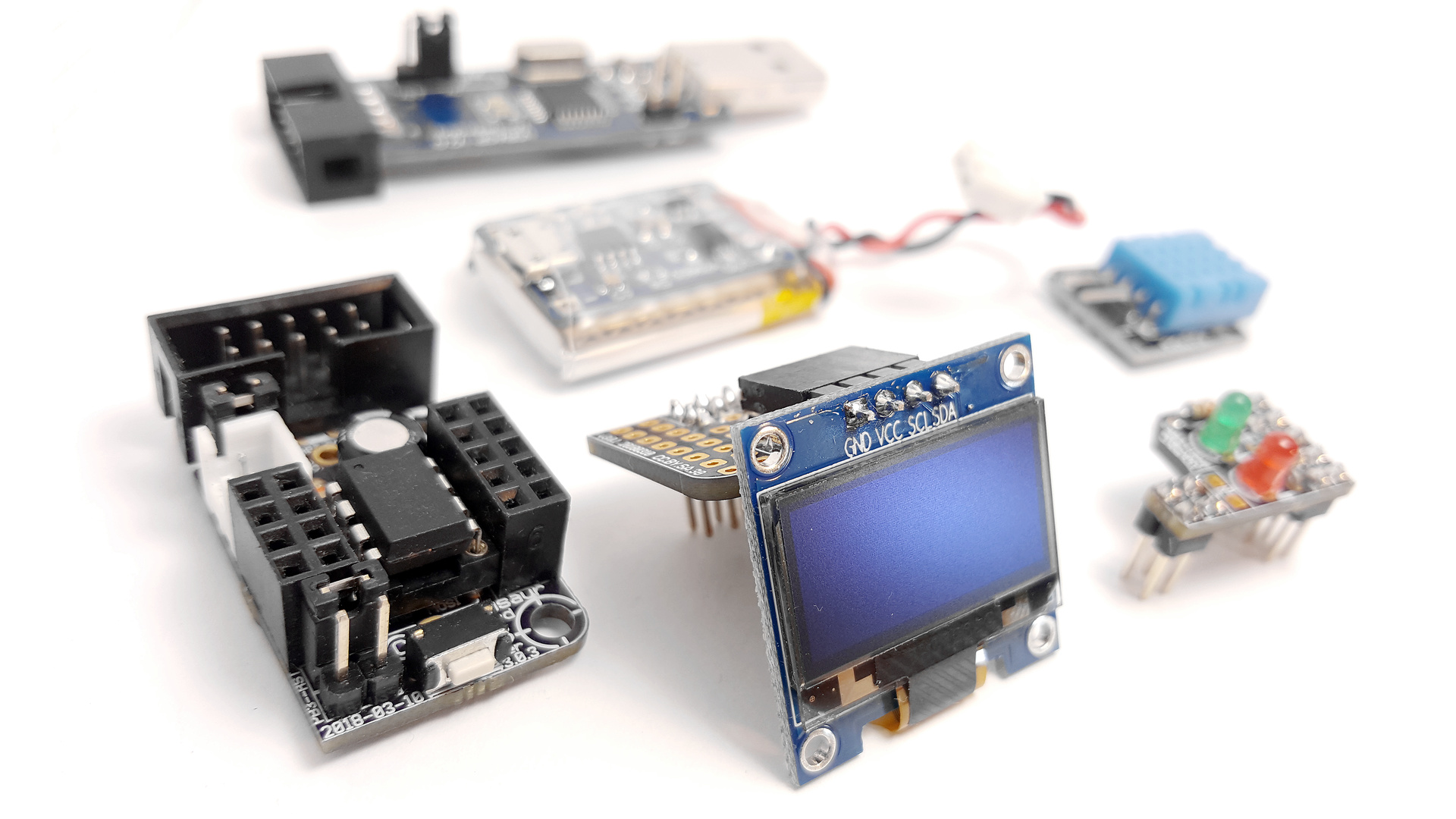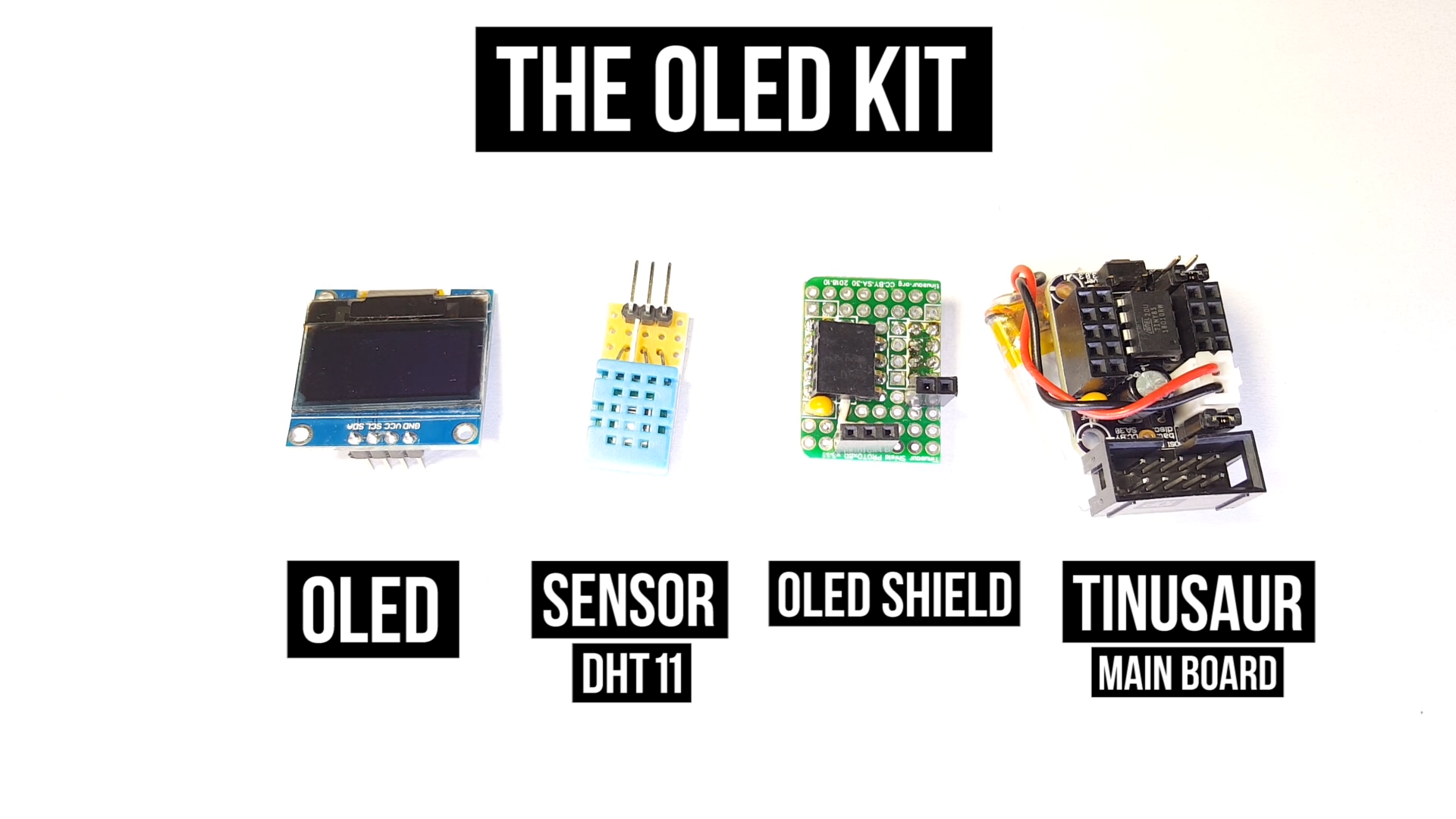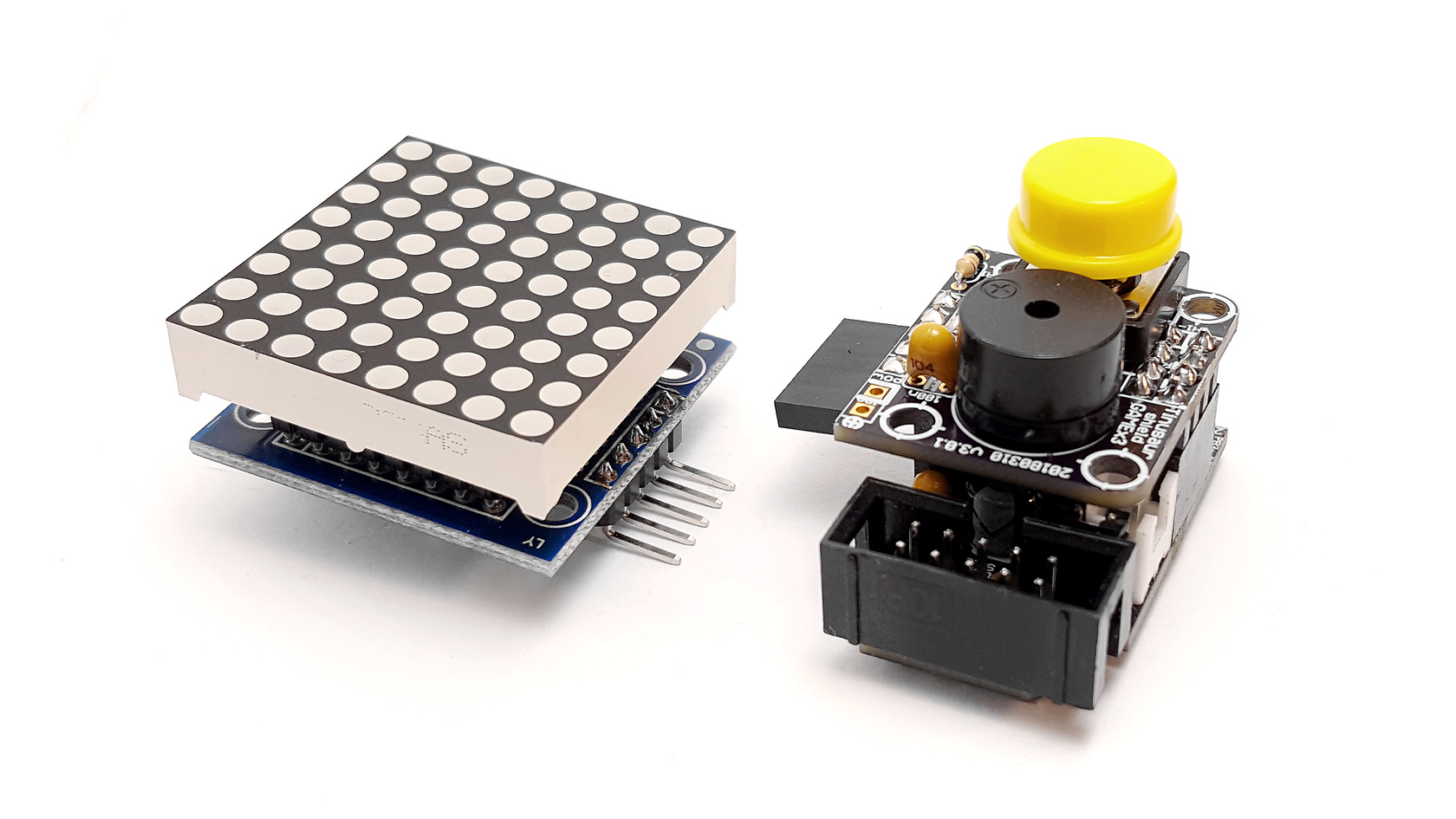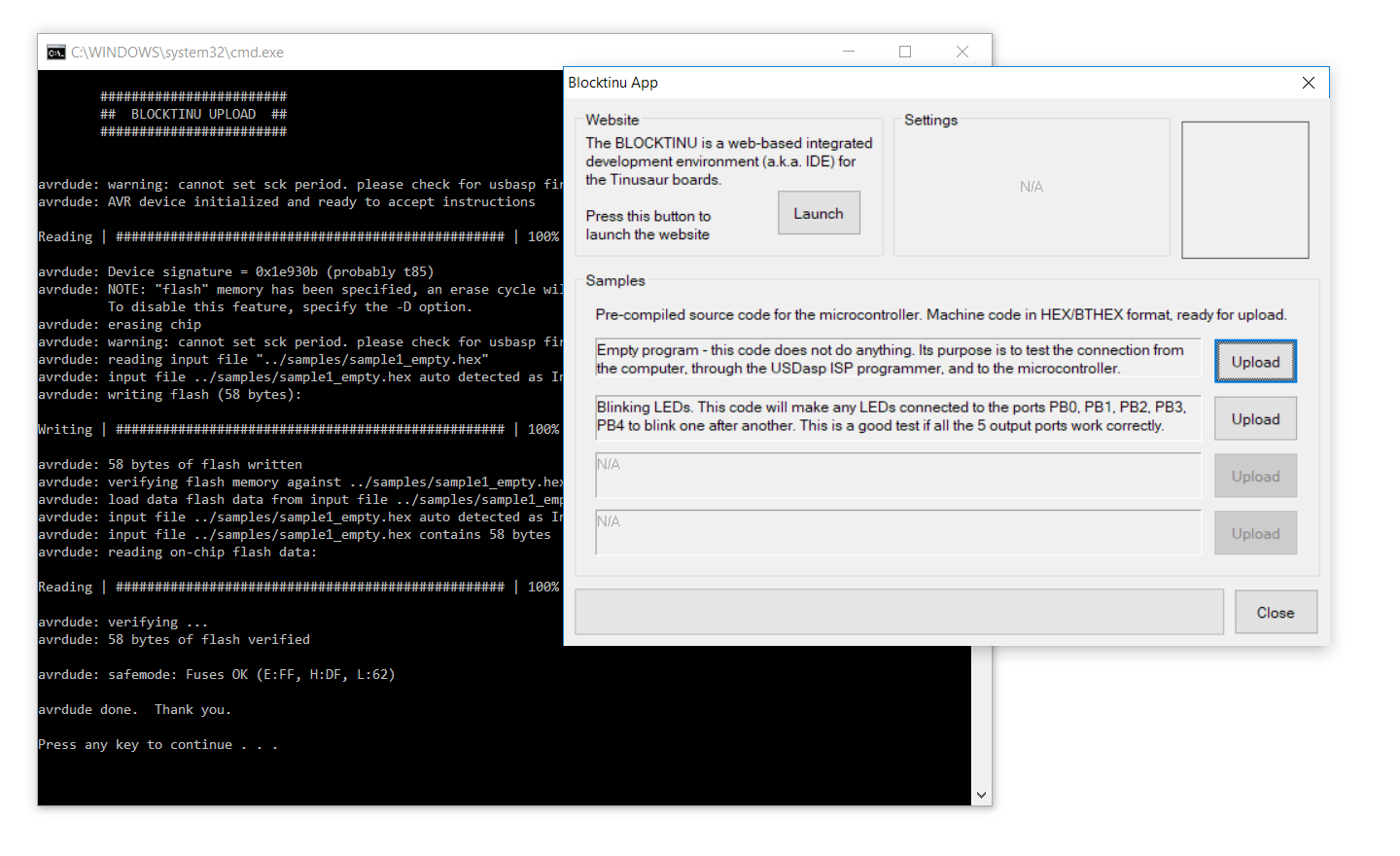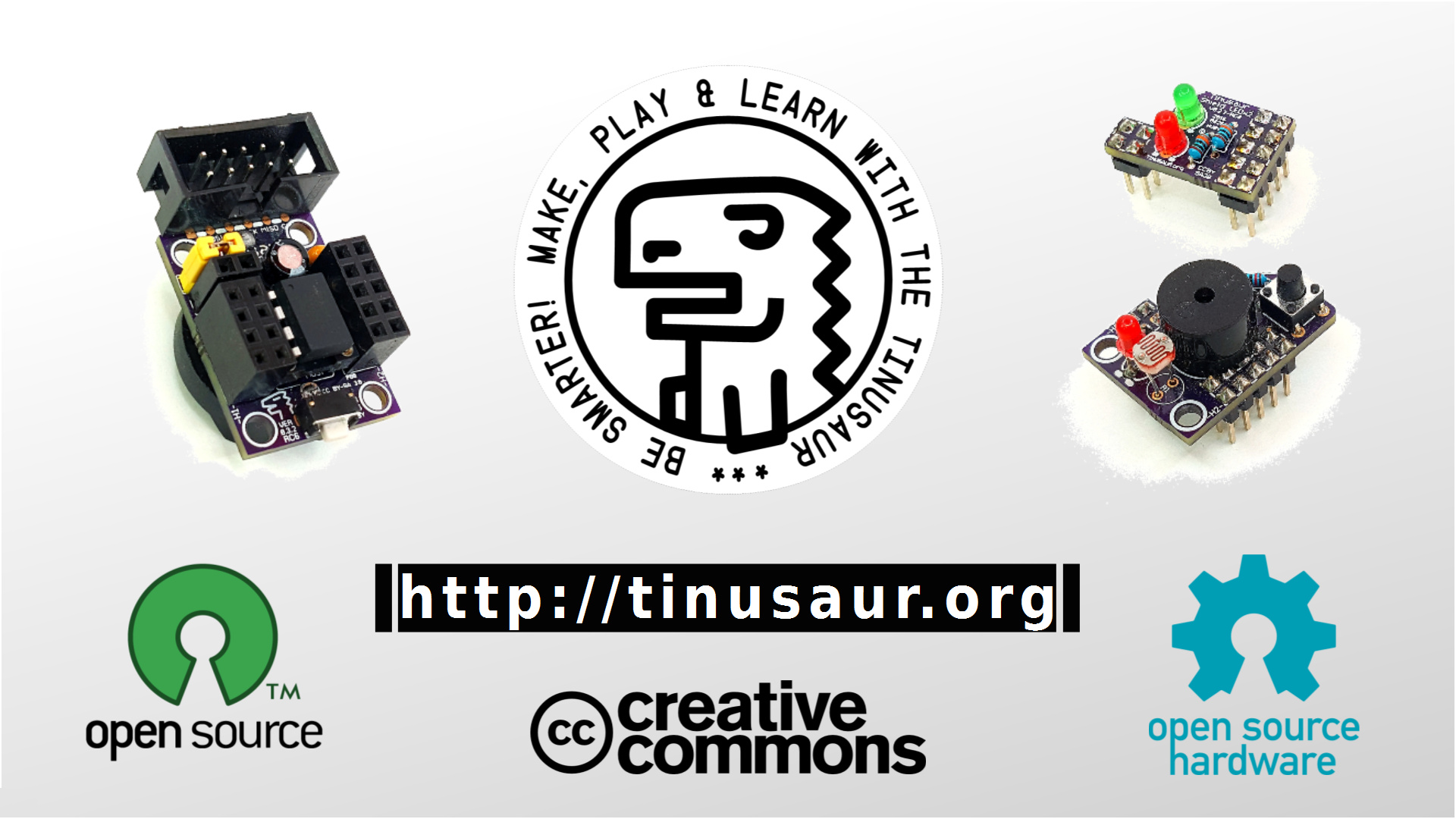The Tinusaur team will train students and teachers in South Africa
After its successful launch at the Bett show in London, where it announced over 20 new products, the Tinusaur team was invited to Johannesburg, South Africa, to run a series of electronics and robotics workshops for students, as well as training for their teachers. For a week, children from schools in Johannesburg will have the opportunity to join the workshops and assemble a miniature computer … Read more



